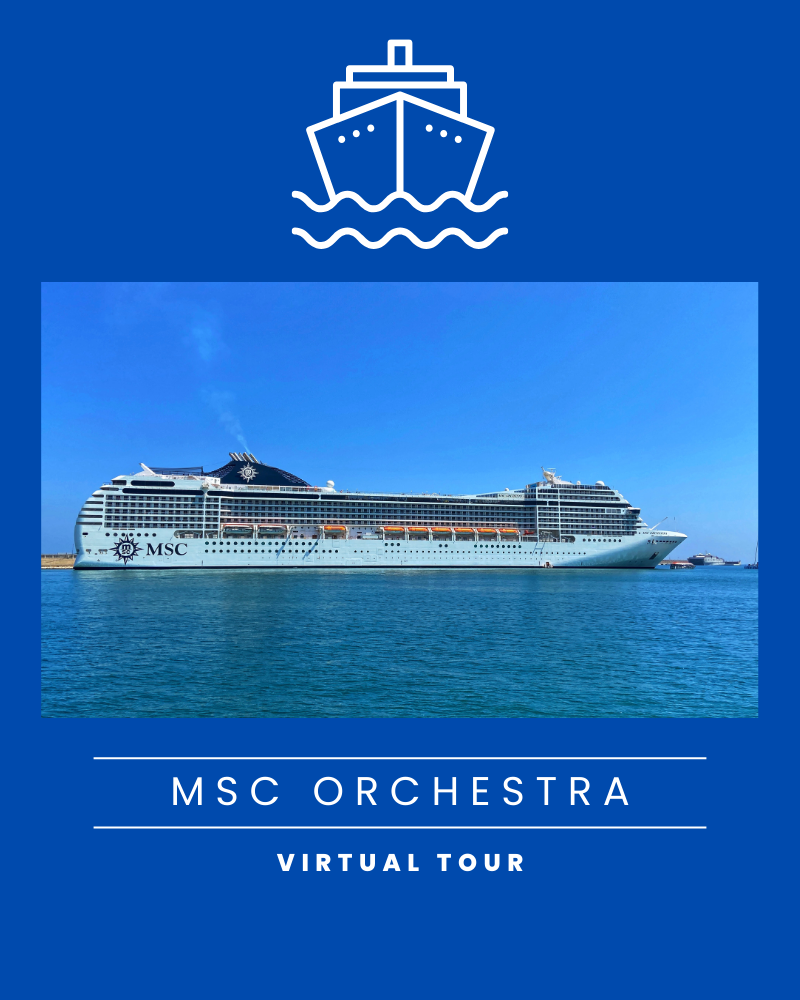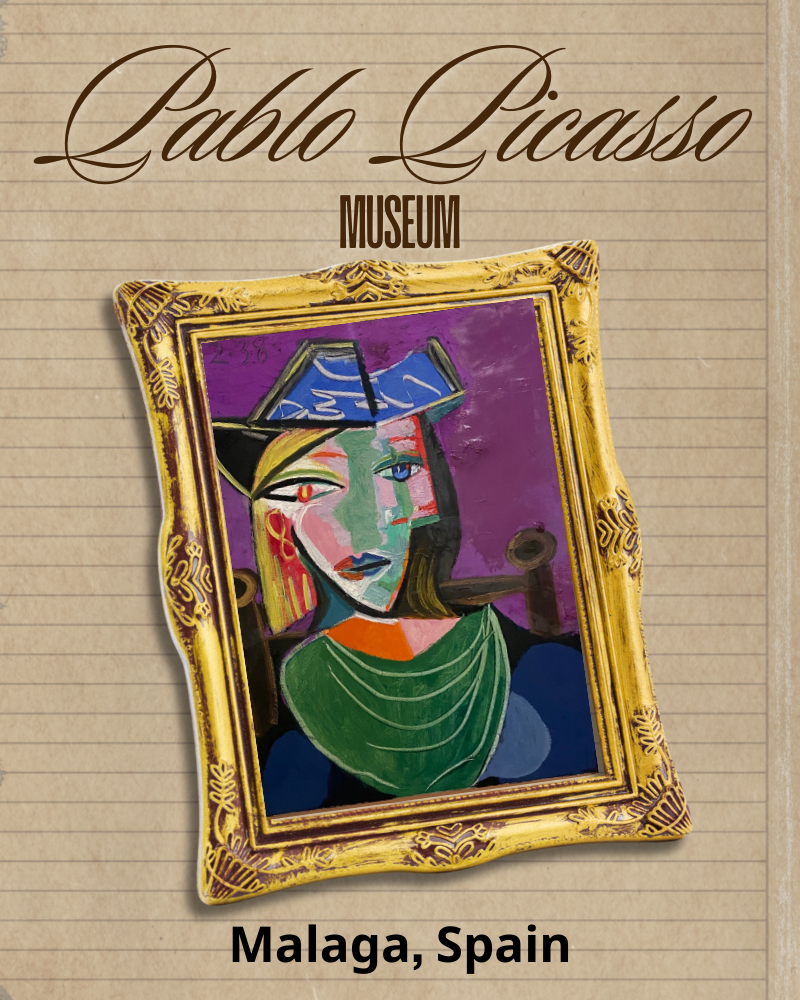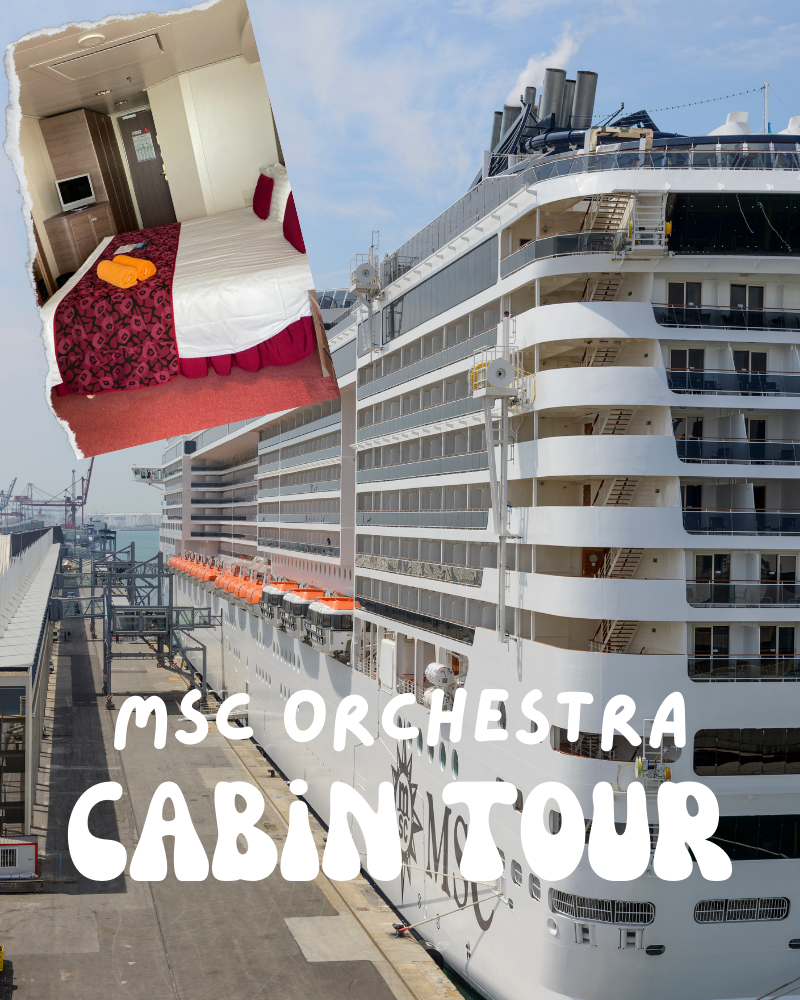1. Explore Gaudí's Architectural Wonders
Sagrada Família
The iconic Sagrada Família is Gaudí's unfinished masterpiece and Barcelona's most visited attraction. This awe-inspiring basilica, with its intricate facades and soaring spires, has been under construction since 1882 and is slated for completion in 2026. The interior is equally impressive, with its forest-like columns and stunning stained-glass windows
This fantastical park showcases Gaudí's imagination and love of nature. Wander through the colorful mosaic-covered structures, including the famous lizard fountain and the undulating bench with panoramic views of the city
These two modernist buildings on Passeig de Gràcia showcase Gaudí's innovative designs. Casa Batlló, with its colorful facade and dragon-like roof, is a must-see. Casa Milà, also known as La Pedrera, features a remarkable undulating stone facade and a unique rooftop with chimney sculptures
2. Stroll Down Las Ramblas
3. Discover the Gothic Quarter
- Barcelona Cathedral: A stunning Gothic cathedral with a beautiful cloister
- Plaça Reial: A picturesque square with palm trees and elegant architecture
- Basilica of Santa Maria del Mar: A magnificent example of Catalan Gothic architecture
4. Visit World-Class Museums
Museu Picasso - Housing one of the most extensive collections of Pablo Picasso's work, this museum is particularly strong in the artist's early works and his Blue Period. Purchase your ticket here from GetYourGuide.com.
Museu d'Art Contemporani de Barcelona - For modern art enthusiasts, MACBA offers an excellent collection of contemporary works by Spanish and international artists.
Barcelona History Museum (MUHBA) - For history buffs, the Barcelona History Museum offers a fascinating journey through the city's past, from Roman times to the present day. The museum includes underground Roman ruins that you can explore.
Museu de la Xocolata (Chocolate Museum) - For those with a sweet tooth, the Chocolate Museum offers a delightful journey through the history of chocolate, with impressive chocolate sculptures on display. Book your ticket here.
5. Explore Montjuïc
Montjuïc Castle, perched atop Montjuïc hill at 173 meters above sea level, is a formidable fortress with a complex history deeply intertwined with Barcelona's past. It offers panoramic views of the city and harbor.
The Fundació Joan Miró in Barcelona is a testament to the life and work of Joan Miró, one of Catalonia's most renowned artists.
Here are some key aspects of Miró and the foundation:
Joan Miró was born in Barcelona in 1893 and maintained a strong connection to his Catalan roots throughout his life. His art was deeply influenced by the landscapes, culture, and spirit of Catalonia, often incorporating themes and symbols related to his heritage.
The foundation houses over 10,000 pieces of Miró's work, including paintings, drawings, sculptures, stage designs, and tapestries. Some of the earliest drawings in the collection date back to 1901, providing a comprehensive overview of Miró's artistic development.
Miró himself initiated the creation of the foundation in 1975, envisioning it not just as a museum but as a dynamic space for contemporary art. He wanted to create an international, interdisciplinary center that would make art more accessible to the public.
The building itself, designed by Miró's friend and architect Josep Lluís Sert, is considered one of the finest examples of rationalist architecture in Barcelona. Its Mediterranean features integrate perfectly with the landscape of Montjuïc hill.
Some notable works in the collection include:
- "The Gold of the Azure" (1967) - A visually striking canvas combining bright yellow and blue paint with delicate celestial symbols.
- "Personage with Umbrella" - A surrealist sculpture showcasing Miró's exploration of three-dimensional forms.
- "Study for a monument (moon, sun and one star)" (1968) - A sculpture on the North Patio offering panoramic views of Barcelona.
- "Pair of Lovers Playing with Almond Blossoms" - Another example of Miró's distinctive style.
- The foundation also features works by other artists, including Alexander Calder's "Mercury Fountain" (1937) and pieces by Antoni Tàpies.Beyond displaying Miró's art, the foundation continues to organize contemporary exhibitions, academic research projects, and cultural events, fulfilling Miró's vision of a living, evolving art space.The museum offers various activities for visitors, including some designed specifically for children, recognizing that Miró's colorful and fantastical work often appeals to younger audiences.
































































 RSS Feed
RSS Feed